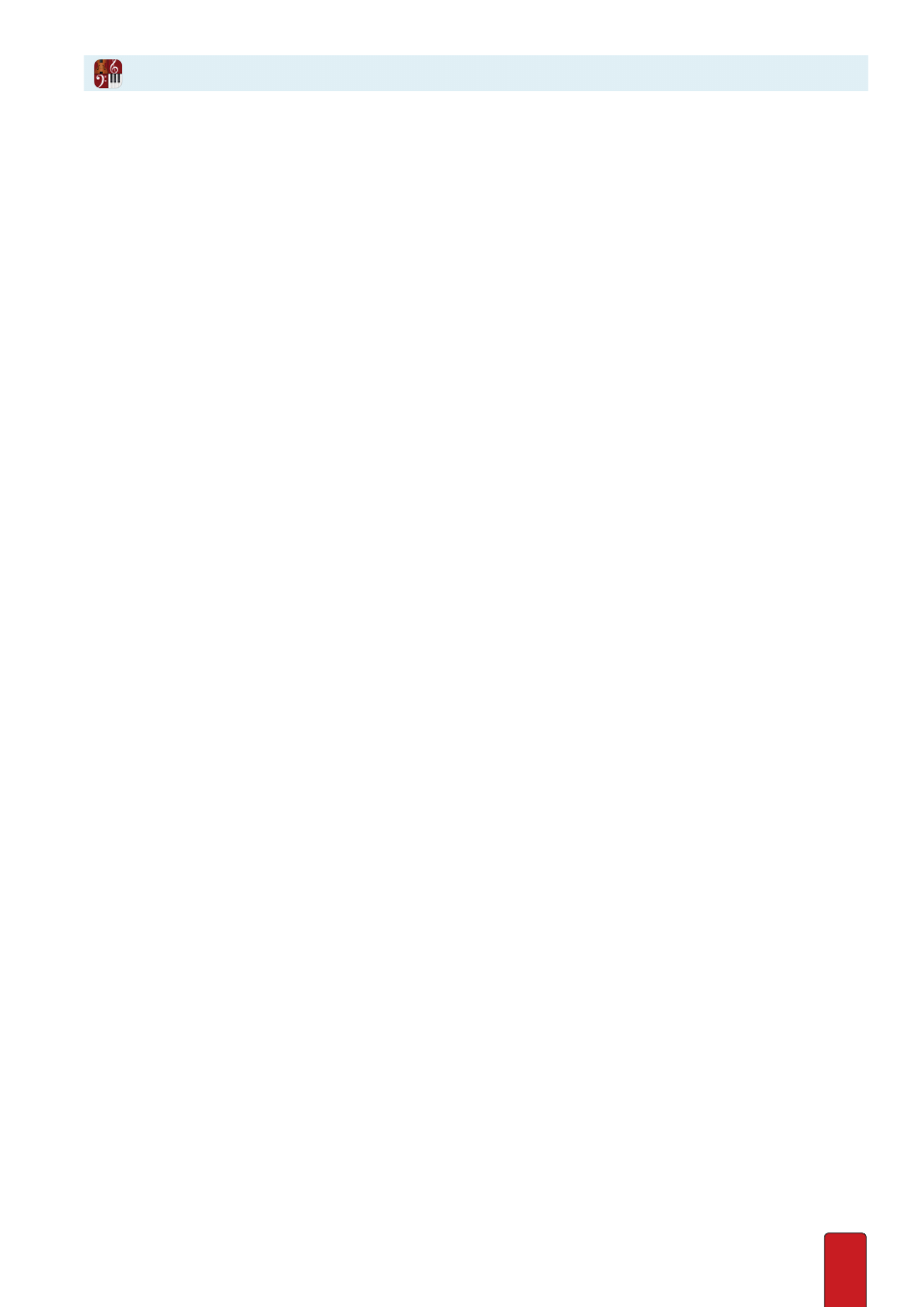PreSonus Notion 6 - Notation Software (Boxed) User Manual
Page 250

13.13
Phase Three: Decide on the Best Fingering
The “best” fingering for a chord is partially how it sounds in context – but it also involves
how comforTably a musician can come to the chord from the previous spot in the score
and will be at a comforTable place to progress to the next chord/position .
1 . When you finish with the name of the chord look at the diagram . You view a simple version in first position, near the
nut . There will be other options in the Chord Library to choose .
2 . Whatever fingerings are currently in the chord library’s diagram also appears on your Music Cursor . So, whenever
you have the diagram in the chord library the way you like it, position the Music Cursor where you need the
chord (you
can
place it over an empty measure in either a notation or Tablature staff) and either press Enter or
click your mouse .
» You have completed adding a new chord diagram .
3 . You can also Enter the fingerings from scratch using the interactive fretboard
If, for any reason, you decide to switch from chord diagrams to chord names, simply click on
the diagram so it is no longer highlighted: your Music Cursor only shows the name . Click the
diagram again (so it is highlighted) and your Music Cursor displays a diagram again .
If, for any reason, you decide you would rather type the name of the chord, click Type-in Tool in the
library’s upper right . Position the Chord text where you want and press Enter or click your mouse,
type the chord name into the temporary box, then either press Enter or click your mouse .
Change an Existing Diagram
As with any score marking, you can delete an existing chord diagram and replace it with a new one .
But other methods are available (below) . Be aware that if you double-click an existing diagram, you can
change the name of a chord in the temporary box, but this does not change the fingering diagram . You
use either the Fretboard or return to the chord library to change an existing chord’s fingering .
Use the Fretboard
This option makes it easy to change the fingering of an existing chord (though,
at Step 4 you can also change the name, if needed) .
1 . Display the Fretboard (in the Menu bar, select View > Show > Show Fretboard) .
» The Fretboard appears with no fingerings .
2 . Click an existing diagram once so it turns orange in color .
» You see the chord’s existing fingering on the Fretboard .
3 . Change the fingering on the Fretboard to suit the new chord . Every change you make appears in the existing
diagram on your score . If you want, you can click and hold down the Audition button at the top of the Fretboard to
heard how your chord edits change the sound .
4 . If you also need to change the chord’s name, you can double-click the diagram now to change the chord’s name in
the temporary box (or you could have done that at any point earlier in the process) .
5 . To un-select the diagram, click anywhere in the score area .
» The diagram returns from an orange color to a standard black color .